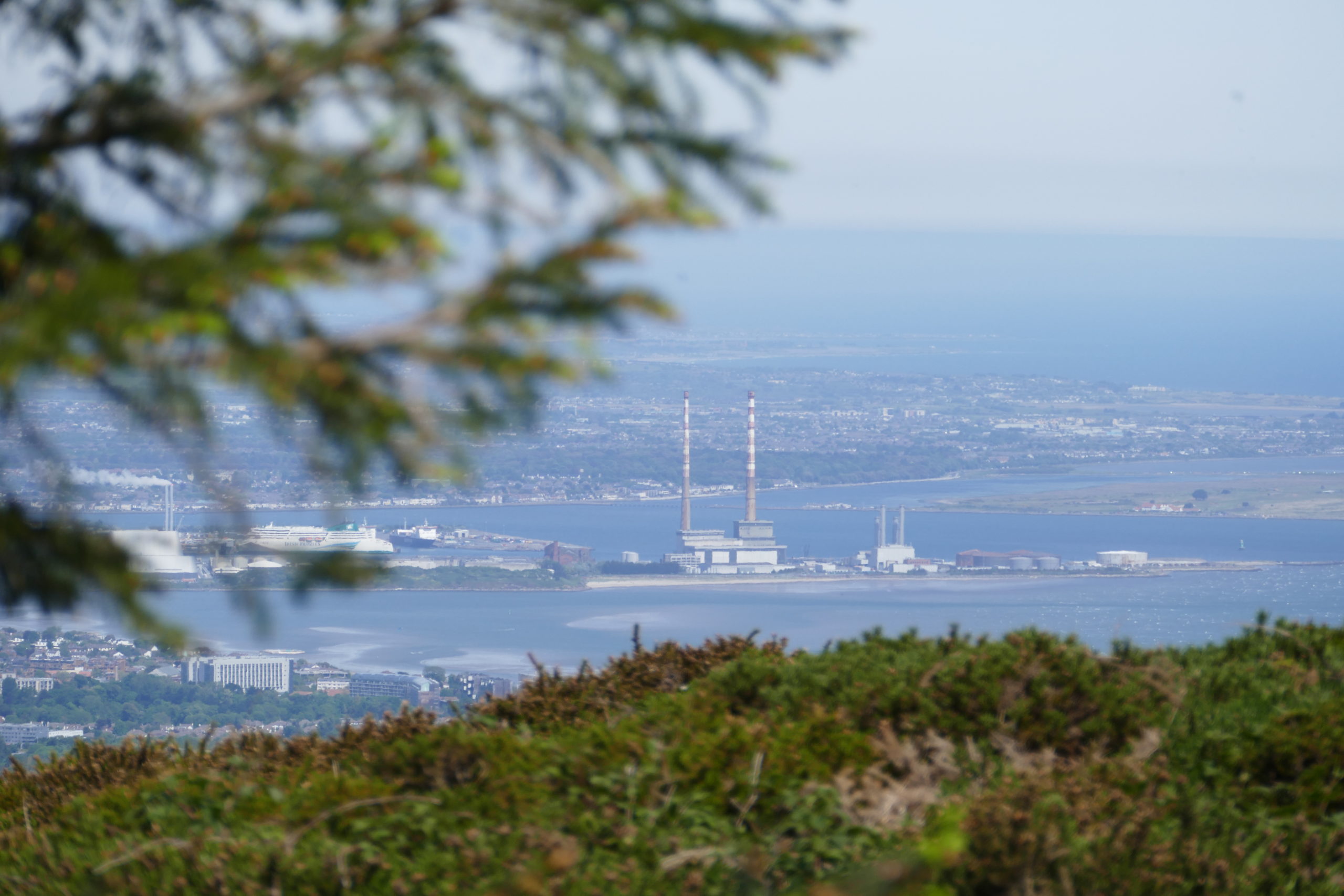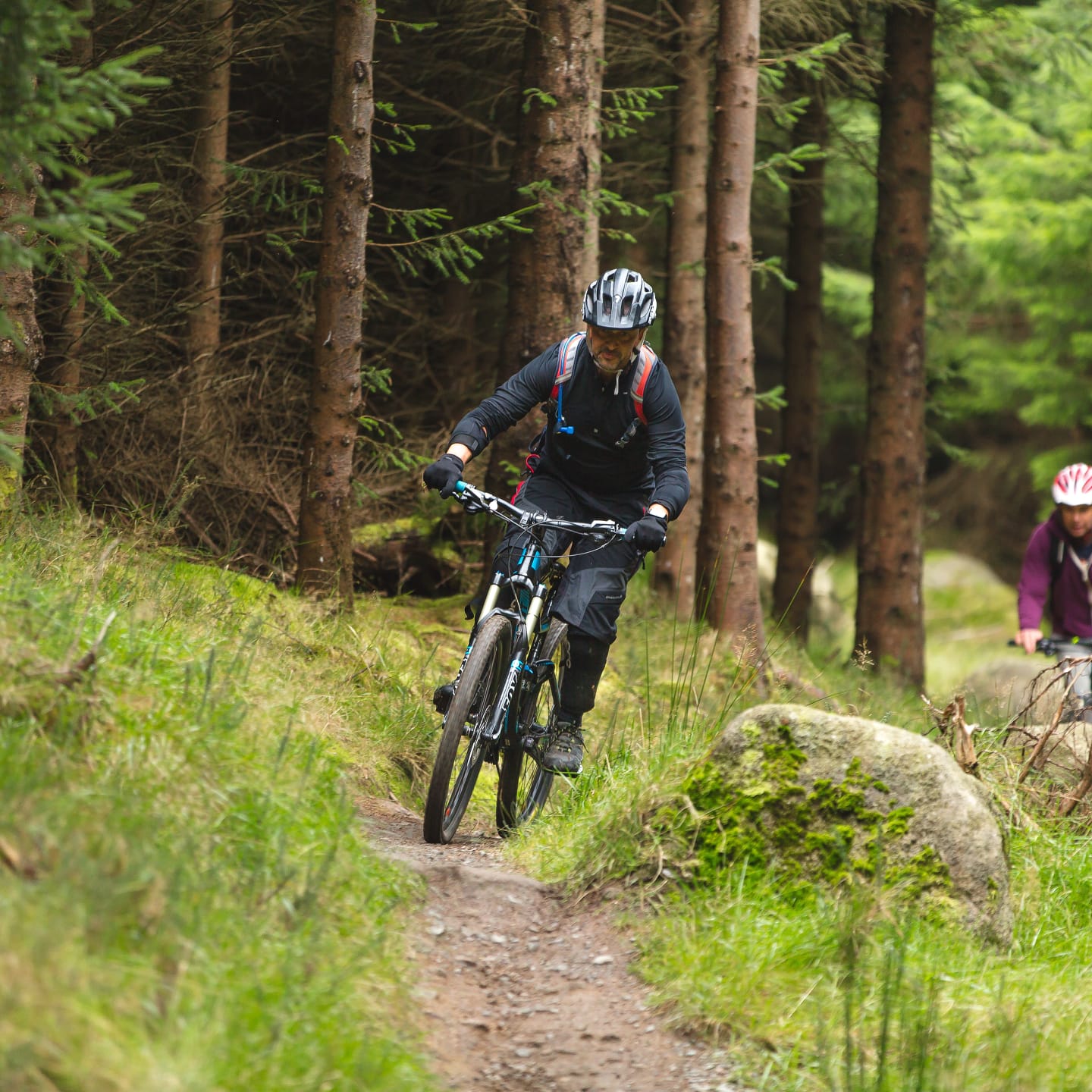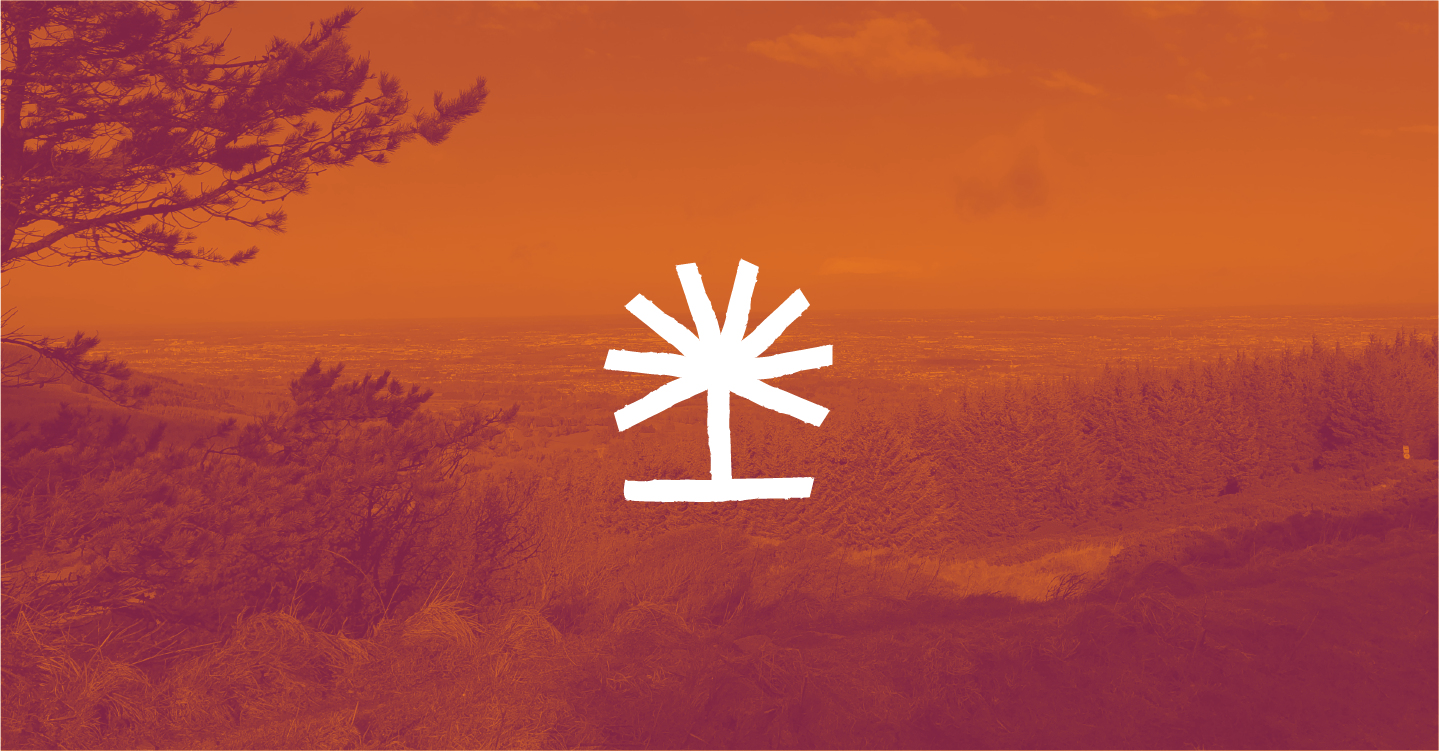A brief history of Ireland’s native woodlands
They covered 80% of our island following the last Ice Age, but Ireland's primeval ancient forests had all but disappeared by the foundation of the State. How did it happen? In this guest blog, Richard Nairn, ecologist and author of Wildwoods, takes us on a whistle-stop tour of the history of our woodlands - from the first clearances in the Mesolithic era to the deforestation of the early Christian period, to the lows of our earliest survey records in the 1600s and the dwindling fragments of the early 1900s.
We often hear that Ireland's forest cover is among the lowest of any country in the European Union: 11%, compared to the European average of 33.5%. Sadly, just under 2% is native woodland, of which only tiny fragments are original ancient forests (c. 20,000 hectares). How did this happen when up to 80% of the country was wooded after the last Ice Age?
The preservation of distinctive pollen grains in peat allows us to reimagine the ancient forests of Ireland. As the glaciers retreated and the climate warmed up, trees gradually invaded from the south, with juniper, birch, pine and hazel leading the charge. About 8,000 years ago mixed elm, and pedunculate oak forests with yew, ash and hazel dominated on fertile soils, while Scots pine birch and sessile oak were widespread on upland, poorer soils. A thousand years later, a wetter climate caused the expansion of alder while Scots pine decreased.
The first farmers arrived
The first forest clearances probably began in the Middle Stone Age period (Mesolithic), about 7,000 years ago, with the development of human settlements. By the beginning of the New Stone Age (Neolithic), the first farmers were already tilling the land with crude stone implements and wooden ploughs pulled by oxen. Accelerated woodland clearance subsequently exposed highly fertile forest soils.
The archaeological evidence is complemented by pollen records from lake muds and peats that allow for reconstructions of the type of farming carried out, and enable an understanding of how this affected the woodlands. The first evidence of cereal pollen appears about 6,000 years ago, confirming that cultivation was well underway. As early farming spread, the amount of tree pollen fell substantially and was replaced in the record by pollen of grasses and ribwort plantain, a sure sign of cultivation and expansion of grassland.
This phase of intensive pasture farming lasted only about 150 years and was followed by a similar short period of woodland regeneration. Perhaps the human population declined due to disease or famine and with it the level of farming activity.
Right: An oak being felled (photo courtesy of Michael Casey)
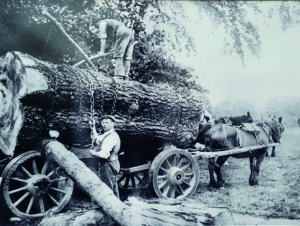
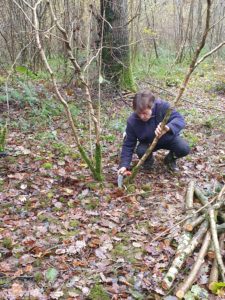
Farming drove significant habitat change
As farming intensified in subsequent millennia, openings were created as trees were cut and burned to make space for grazing domestic animals and crop cultivation. Farming communities frequently shifted their activities, cutting down more forest to expose the rich woodland soils. On poorer soils, slash and burn was followed by cultivation and abandonment, as soils became quickly exhausted. There was a dramatic fall in the pollen rain from elm trees around 6,000 to 5,800 years ago thought to be due to the first wave of Dutch Elm disease that spread across Northern Europe, including Ireland. This was followed by a phase of woodland clearance, then an arable and pastoral stage, with the amount of woodland fluctuating and declining through the centuries.
By the end of the Bronze Age, about 2,500 years ago, most of the hills had been cleared of woodland by a combination of burning and cultivation. On the summits, blanket bogs had replaced the woodlands. In the lowlands, clearance for cattle grazing continued but the climate deteriorated and cultivation was replaced by forest regrowth.
In the early Christian period, around 800AD, the population expanded again, new settlements were created as evidenced by the many thousands of ringforts that sprang up. The expansion of farming led to significant habitat change. Livestock in open fields replaced woodland and scrub, and grazing in the remaining woodland became extensive with pigs foraging for seasonal roots and tree seeds. The ancient practice of coppicing was used to produce poles for fences and many other useful products. This involved rotational cropping of various trees, especially hazel and oak, that stimulated regrowth of multiple stems from the stumps.
Forest cover was greatly reduced by the 1600s
The Civil Survey of Ireland in 1654–56 was the equivalent of the Domesday Book in England. It recorded many thousands of woodlands, but it has been calculated that between two and 12 per cent of Ireland was afforested at this time. Little of the original primeval forests had survived earlier exploitations and most of the woods were now of secondary growth. The final phase of woodland clearance in Ireland has been linked with charcoal production, primarily for smelting iron. Coopering, or the manufacture of wooden barrels for goods like salted fish and beer, was also widespread up to the nineteenth century. The hoops that bound the staves together were made of pliable hazel before these were replaced with iron.
The expansion of the British empire in the nineteenth century led to the export of large quantities of Irish timber for house construction and shipbuilding, which were needed for the military and trade across the world. Native woodland was now largely confined to private estates and inaccessible hilly areas.
In the next newsletter, Richard will discuss the fate of native woodlands over the past hundred years.
--
Wildwoods by Richard Nairn, is published by Gill Books, available in all good bookshops or online from www.gillbooks.ie. See a video by Richard here. The publication was supported by Coillte Nature.
